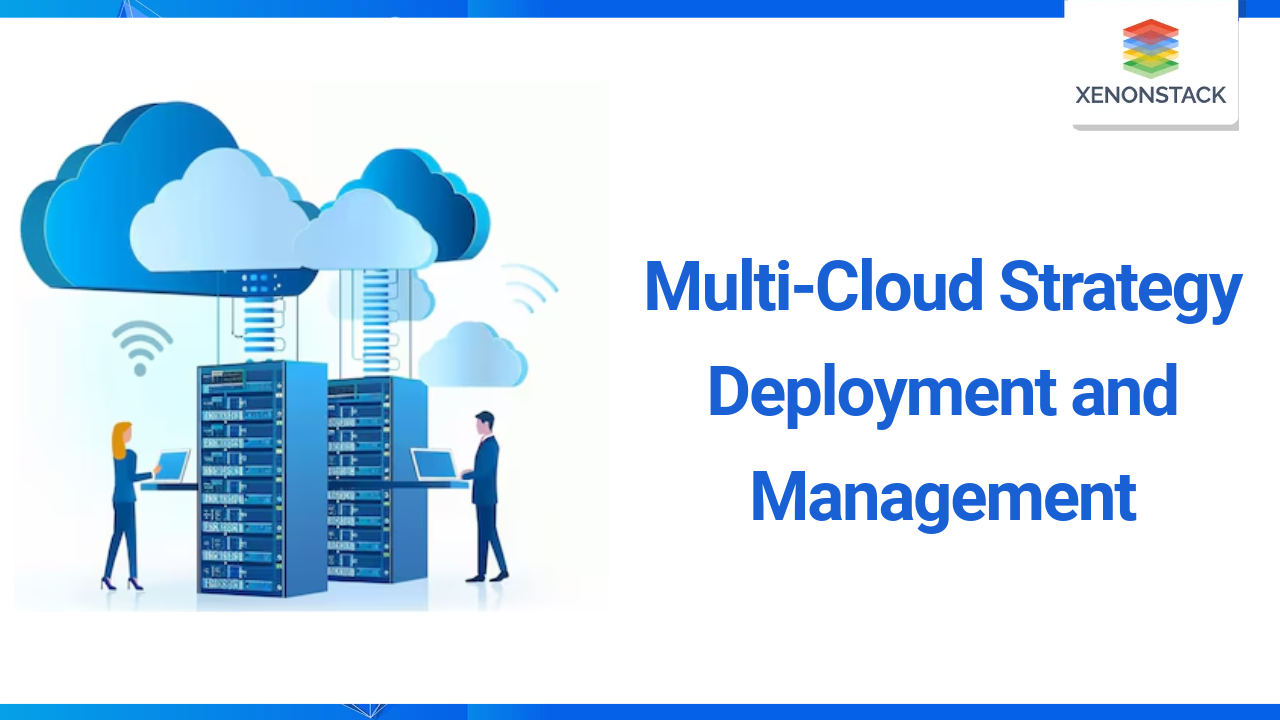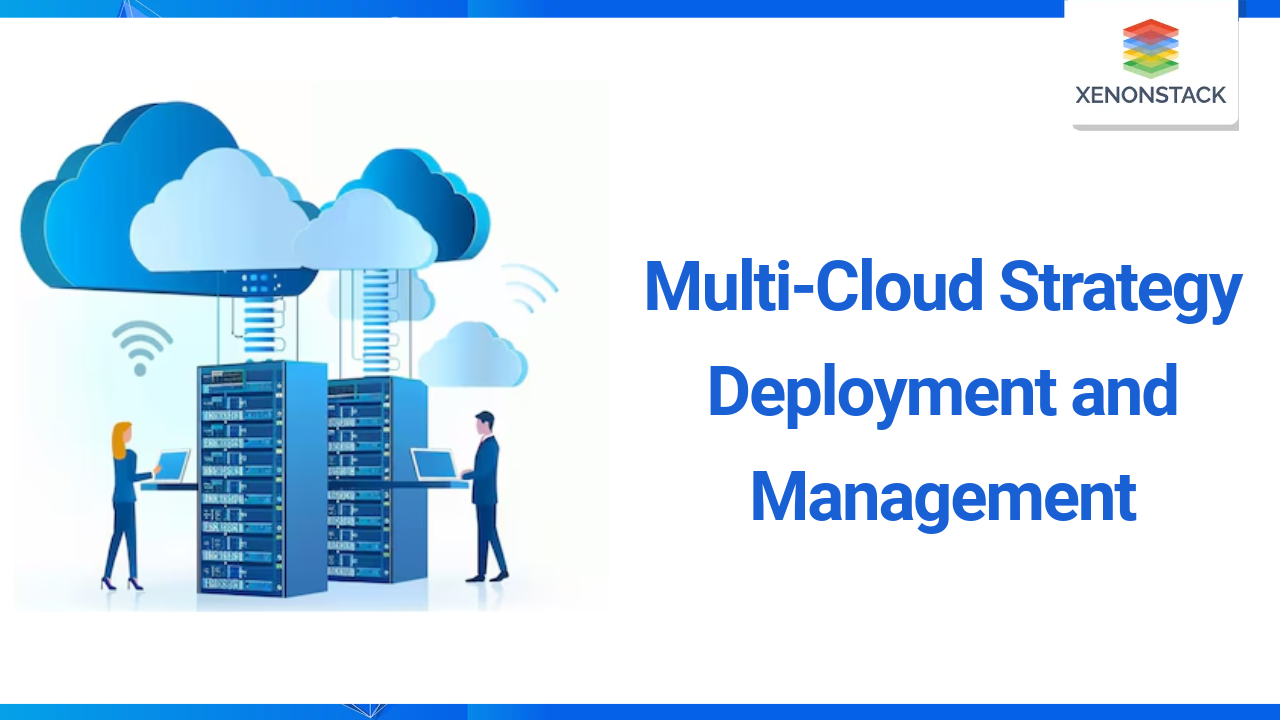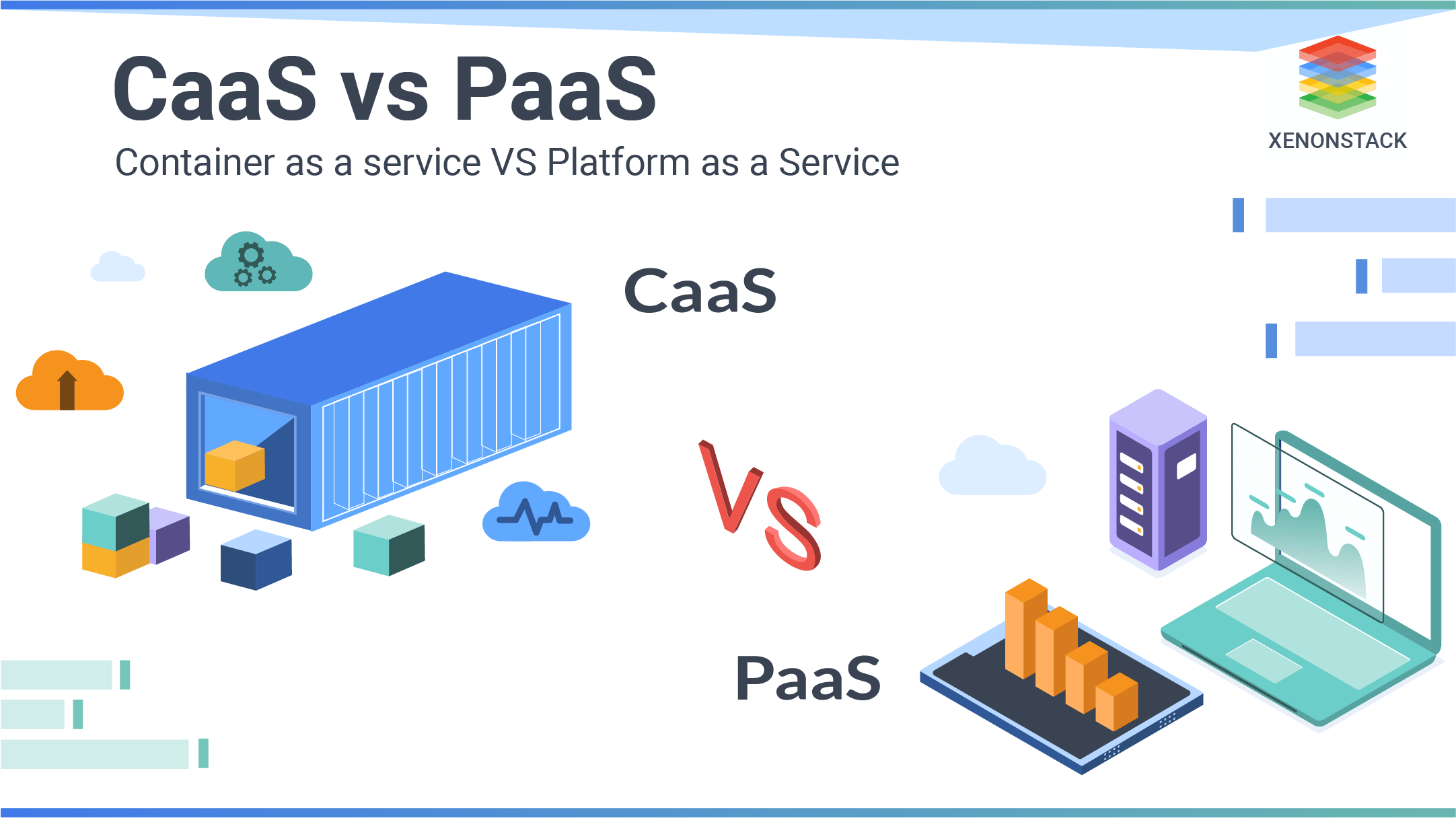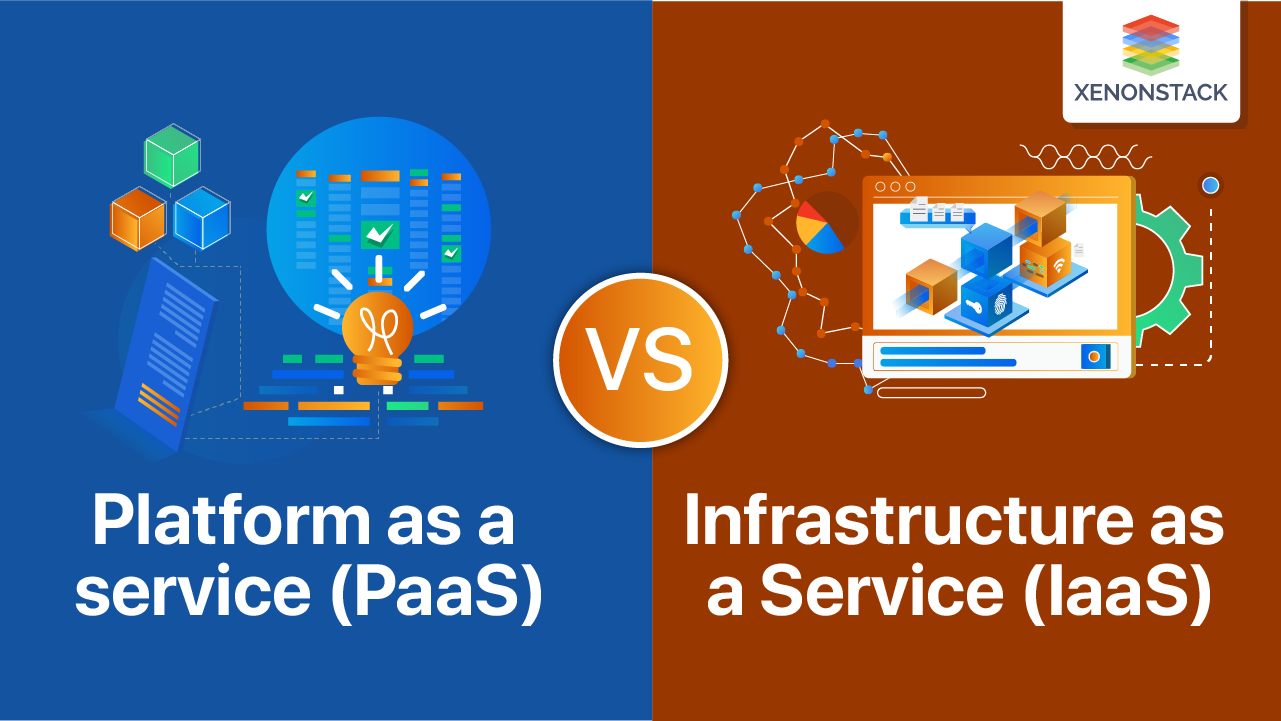
Today's cloud ecosystem features a variety of cloud strategies designed to suit different organizational needs. The evolution of cloud computing has transformed from single-vendor solutions to more complex, integrated approaches that leverage multiple providers. Despite the trend to move to the cloud, it's rare for enterprises to deploy 100% of their applications in a single cloud environment.
Many organizations want the freedom to invest in their cloud future by seamlessly and securely developing and deploying applications across different public clouds. This shift toward multicloud environments reflects the maturing understanding that no single cloud provider can optimally address all business requirements.
Current trends show that approximately 79% of companies are taking advantage of multicloud facilities, recognizing that a diversified approach helps build portable software stacks that are DevOps-driven, vendor lock-in-free, and capable of delivering suitable services for specific business needs.
Understanding Cloud Models
What is MultiCloud?
Multicloud refers to the use of multiple cloud computing services from different providers to serve an organization's IT services and infrastructure. In a multicloud environment, there is no single vendor. Instead, it's a mixture of major public cloud providers, namely Amazon Web Services (AWS), Google Cloud Platform (GCP), Microsoft Azure, and IBM.

Fig 1: MultiCloud
Multicloud is primarily a strategy that uses several different architectures, such as Infrastructure-as-a-Service (IaaS), Platform-as-a-Service (PaaS), and Software-as-a-Service (SaaS), to achieve business goals. It focuses on various providers to address specific workload requirements but doesn't necessarily require connectivity.
MultiCloud Strategy Example
An e-commerce company might adopt a multicloud strategy as follows:
-
AWS is used to host its website and handle customer traffic.
-
Store customer transaction data on Google Cloud for real-time analytics.
-
Use Azure AI for personalized product recommendations.
-
Maintain disaster recovery backups in IBM Cloud for redundancy.
What is Hybrid Cloud?
A hybrid cloud is an infrastructure model that connects at least one public and one private cloud. It combines on-premise infrastructure, public cloud, and private cloud with orchestration among numerous platforms.

Fig 2: Hybrid Cloud
To establish a hybrid cloud, organizations need:
- Public Infrastructure as a Service (IaaS) platform, such as AWS, Microsoft Azure, or Google Cloud
- Construction of a private cloud, either through a hosted private cloud provider or on-premises
- Adequate wide area network connectivity between the environments
This model enables customers to have functional advantages such as application portability according to cost and need and management control to develop a single, flexible, and optimal cloud environment based on the organization's needs.
What is Hybrid MultiCloud?
Hybrid multicloud occurs when an organization uses multiple public cloud services in its solution, often from multiple different providers, while also maintaining private cloud or on-premises infrastructure. This approach allows organizations to use different clouds for various tasks to achieve best-of-breed results or reduce vendor lock-in.
 Fig 3: Hybrid MultiCloud
Fig 3: Hybrid MultiCloud
Multiple clouds also give organizations peace of mind by minimizing dependence on any one provider, often decreasing costs and increasing flexibility. A hybrid multicloud environment allows for distributing various cloud software and applications across several cloud environments.
What is a Private Cloud?
A private cloud, more commonly known as an internal or corporate cloud, is a cloud infrastructure explicitly provided for a single customer. It's an isolated, on-demand cloud deployment model with its own cloud computing services and infrastructure hosting. These don't necessarily have to be deployed on-premises and can be managed through a service provider agreement.

Fig 4: Private Cloud
According to the National Institute of Standards and Technology, a private cloud must:
- Provide on-demand self-service computing resources
- Enable and make resources accessible from multiple types of devices
- Pool resources and allow serving them in a multi-tenant fashion
- Have the ability to automatically and elastically scale resources
- Evaluate and measure the use of resources by various consumers
MultiCloud vs Hybrid vs Hybrid MultiCloud vs. Private Cloud
|
Feature |
MultiCloud |
Hybrid Cloud |
Hybrid MultiCloud |
Private Cloud |
|
Definition |
Uses multiple public cloud providers (AWS, Azure, GCP, etc.). |
Combines private/on-premises infrastructure with a public cloud. |
Uses multiple public clouds and private/on-premises infrastructure. |
A dedicated cloud environment for a single organization. |
|
Cloud Providers |
Multiple public cloud vendors. |
One public cloud + private cloud/on-premises. |
Multiple public clouds + private cloud/on-premises. |
Single organization-managed cloud infrastructure. |
|
On-Premises Integration |
No on-premises integration. |
Integrates private and public clouds. |
Includes both public and private clouds. |
Fully on-premises or hosted privately. |
|
Vendor Lock-In Avoidance |
Avoids reliance on one provider. |
It can be dependent on a primary cloud provider. |
Reduces dependency on one vendor. |
Tied to a single provider or internal IT team. |
|
Scalability |
Highly scalable across multiple providers. |
Scalable but limited to integrated providers. |
High scalability with flexibility. |
Limited by on-premises infrastructure. |
|
Security & Compliance |
You can choose providers with the best security features. |
High control over private cloud security. |
It is the best of both worlds—private security with multicloud flexibility. |
Highest security control, suitable for sensitive data. |
|
Cost Optimization |
Flexible pricing but complex cost management. |
Cost-effective mix of public & private resources. |
Optimized cost strategy using both models. |
High upfront and maintenance costs. |
|
Use Cases |
Enterprises, SaaS, disaster recovery, AI/ML. |
Healthcare, finance, regulated industries. |
Large enterprises need flexibility & security. |
Banking, defence, and high-security industries. |
Strategic Benefits of MultiCloud Adoption
A multicloud strategy allows organizations to optimize costs, enhance scalability, and improve resilience by leveraging multiple cloud providers. Businesses can maximize performance, ensure compliance, and drive innovation by distributing workloads across different platforms.
 Fig 5: Benefits of MultiCould Adoption
Fig 5: Benefits of MultiCould Adoption
-
Avoiding Vendor Lock-In: Organizations gain agility and portability by leveraging multiple cloud providers. This flexibility allows them to choose the best-performing or most cost-effective services for specific workloads, reducing dependency on a single vendor’s pricing, service availability, or roadmap.
-
Optimizing Cost-Performance Ratios: A multicloud strategy enables businesses to balance performance and budget by selecting cost-effective options from different providers. For example, AWS spot instances can offer low-cost computing power, while Azure or private cloud resources provide stability for essential workloads.
-
Enhancing Flexibility and Scalability: Multicloud environments allow organizations to scale resources based on evolving business needs. Workloads can shift between public and private clouds, ensuring efficient resource utilization and adapting to changing demands.
-
Improving Risk and Disaster Management: Distributing workloads across multiple cloud providers enhances availability and minimizes downtime. If a service outage occurs with one provider, operations can seamlessly transition to another, ensuring business continuity.
-
Meeting Compliance and Regulatory Requirements: A multicloud approach enables organizations to meet regional compliance and data governance regulations. By selecting cloud providers that align with specific regulatory requirements, businesses can ensure secure data storage and adherence to legal standards.
-
Driving Innovation Through Best-of-Breed Solutions: Multicloud flexibility allows businesses to leverage specialized tools from different providers. For example, Google Cloud may offer superior video encoding services, AWS excels in storage, and Azure provides advanced AI capabilities. This approach fosters innovation and cloud-native efficiency.
Why use a MultiCloud Strategy?
A well-planned multicloud strategy ensures seamless integration, cost efficiency, and security across multiple cloud providers. It requires careful assessment, workload distribution, provider selection, and governance to maximize benefits while minimizing risks.
-
Assessment of Current IT Infrastructure: Organizations must analyze their existing IT landscape, including applications, workloads, security needs, and costs. This evaluation helps determine which workloads should move to the cloud and how they interact across environments.
-
Defining MultiCloud Objectives and Requirements: Setting clear goals for cloud adoption ensures alignment with business priorities like cost reduction, agility, and innovation. A structured plan helps define technical, security, and budget requirements for successful deployment.
-
Workload Categorization and Placement Strategy: Workloads should be assigned to cloud environments based on performance needs, data sensitivity, and compliance requirements. Strategic placement optimizes efficiency, security, and cost across multiple cloud platforms.
-
Data Management and Integration Planning: Efficient data management ensures secure and seamless access to data across cloud environments. Organizations must implement proper data migration, synchronization, and compliance strategies to maintain integrity and performance.
-
Cloud Provider Selection Criteria: Choosing the right provider involves evaluating services, pricing, security, and integration capabilities. The decision should align with business needs, ensuring provider flexibility and interoperability.
-
Creating a MultiCloud Governance Framework: A governance framework establishes policies for resource management, security, and cost control. It ensures consistency, compliance, and accountability in multicloud operations while preventing misconfigurations and security risks.
MultiCloud Deployment Approaches
Successful deployment involves designing an architecture integrating applications, data, and security across multiple clouds. Organizations must optimize workload distribution, networking, and security to ensure seamless operations.
-
Architecture Considerations for MultiCloud: A well-structured cloud architecture ensures performance, security, and scalability. Businesses must design solutions that enable interoperability, workload portability, and efficient resource allocation across cloud providers.
-
Workload Distribution Across Clouds: Distributing workloads across clouds ensures optimal performance, cost efficiency, and redundancy. Organizations should assign workloads based on security, performance, and compliance needs while maintaining flexibility.
-
Security and Identity Management in MultiCloud: Strong security measures, such as unified access control and encryption, protect data across multiple clouds. Organizations must enforce consistent security policies to mitigate risks and ensure compliance.
-
Networking and Connectivity Requirements: Reliable networking is essential for multicloud environments to ensure smooth communication between clouds. Secure connections, low-latency networking, and efficient traffic management improve performance and accessibility.
-
Container and Kubernetes Deployment Strategies: Containers and Kubernetes enable application portability across cloud environments. These technologies simplify deployment, scaling, and management while ensuring consistent performance and security.
-
DevOps Practices for MultiCloud Environments: DevOps streamlines multicloud management through automation, CI/CD pipelines, and Infrastructure as Code (IaC). These practices enhance efficiency, reduce manual work, and ensure faster deployments.
MultiCloud Management Best Practices
Managing multicloud environments requires centralization, automation, and continuous monitoring. Organizations must implement best practices to optimize performance, security, and cost.
Centralized Management Tools and Platforms: Cloud management platforms provide a unified view of resources across multiple clouds. These tools enhance visibility, enforce policies, and simplify monitoring for efficient cloud operations.
Self-Service Capabilities and Resource Provisioning: Self-service portals allow users to efficiently request and manage cloud resources. Automated workflows enable faster provisioning, reducing dependency on IT teams and improving operational agility.
Workflow Automation Across Cloud Environments: Automation reduces manual workload by streamlining provisioning, scaling, and maintenance tasks. Automated workflows ensure consistent operations across multiple cloud platforms with minimal human intervention.
Cloud Analysis and Performance Monitoring: Continuous monitoring helps track cloud performance, detect anomalies, and optimize resources. Organizations use analytics to enhance application availability and efficiency across their cloud environments.
Cost Management and Optimization Techniques: Multicloud cost optimization involves tracking expenses, eliminating idle resources, and leveraging cost-saving options. Organizations must implement budget controls and monitoring tools to avoid overspending.
Backup and Disaster Recovery Planning: A robust disaster recovery strategy ensures business continuity by enabling cross-cloud backups and failover mechanisms. Regular testing and automation improve resilience against cloud failures and outages.
Tools and Technologies for MultiCloud Management
 Fig 6: MultiCloud Tools
Fig 6: MultiCloud Tools
Cloud Management Platforms
Cloud management platforms provide centralized control:
-
BMC Cloud Lifecycle Management: Full-stack deployment is simplified with self-service capabilities and integration with common DevOps platforms.
-
Flexera (RightScale) Cloud Management Platform: This platform provides comprehensive cloud management solutions for organizations seeking to optimize their multi-cloud infrastructure.
-
CloudSphere (formerly HyperGrid): Offers a combined multicloud network for businesses to schedule cloud migrations and handle cloud costs and protection.
-
NexaStack AI: NexaStack AI is a unified inference platform that enables secure, scalable AI deployment across any cloud or on-prem environment. It optimizes AI workloads with intelligent scheduling, resource allocation, and agent-driven automation.
-
VMware CloudHealth: Offers multicloud control solutions while strengthening integration with VMware products, helping organizations optimize their cloud infrastructure.
These platforms help organizations manage resources, automate processes, and optimize costs across multiple cloud environments.
Container Orchestration Tools
Container orchestration enables consistency across clouds:
-
Kubernetes: An open-source platform that automates container deployment, scaling, and management across multiple cloud environments.
-
Docker Swarm: A simpler alternative to Kubernetes for container orchestration in multicloud environments.
-
Red Hat OpenShift: A Kubernetes distribution with additional enterprise features for multicloud deployment.
-
Rancher: A complete container management platform that simplifies the deployment and management of Kubernetes in multicloud environments.
These tools help organizations consistently deploy and manage containerized applications across different cloud environments.
Infrastructure as Code Solutions
Infrastructure as Code enables consistent provisioning:
-
Terraform: A cloud-agnostic IaC tool that supports multiple cloud providers and services.
-
AWS CloudFormation: For AWS-specific infrastructure provisioning.
-
Azure Resource Manager: For Azure-specific infrastructure provisioning.
-
Google Cloud Deployment Manager: For GCP-specific infrastructure provisioning.
-
Ansible: This is for configuration management and application deployment across multiple clouds.
These tools allow organizations to define, provision, and manage infrastructure consistently and repeatably across different cloud environments.
Monitoring and Analytics Platforms
Monitoring ensures visibility across clouds:
-
Datadog: For cross-cloud monitoring and observability.
-
Splunk: For log management and analytics across multiple cloud environments.
-
Dynatrace: For application performance monitoring in multicloud deployments.
-
New Relic: This is for real-time performance monitoring of applications across different clouds.
-
Prometheus and Grafana: Open-source solutions for monitoring and visualization in multicloud environments.
These platforms provide performance, availability, and security insights across multiple cloud environments.
Cost Management Tools
Cost optimization tools help organizations track cloud spending, analyze usage, and eliminate unnecessary expenses.
-
Cloudability: Provides cost visibility, budgeting, and forecasting for multicloud environments.
-
Spot.io: Uses AI-driven automation to optimize cloud costs by managing compute resources efficiently.
-
Apptio: Helps organizations allocate cloud costs accurately and optimize financial management in IT operations.
- AWS Cost Explorer: For AWS-specific cost analysis and optimization.
Security and Compliance Solutions
Security tools ensure compliance with industry regulations and protect cloud environments from threats.
-
Palo Alto Prisma Cloud: Offers cloud security posture management, threat detection, and compliance monitoring.
-
AWS Security Hub: Provides a centralized view of security findings across AWS environments with automated threat detection.
-
Azure Security Center: Helps secure workloads across Azure and hybrid environments by identifying vulnerabilities and enforcing best practices.
These solutions help organizations maintain consistent security policies and compliance controls across their multicloud environment.
Accelerate Growth with Managed MultiCloud with Agentic AI
AI and automation enhance multicloud management by improving resource efficiency, reducing costs, and strengthening security. These technologies enable dynamic workload scaling, predictive monitoring, and automated threat detection.
-
Agentic AI-Powered Cloud Management: AI enhances multicloud management by automating anomaly detection, performance optimization, and resource allocation. It predicts capacity needs, optimizes costs, and simplifies interactions through natural language processing. AI streamlines operations and improves overall efficiency by identifying patterns and anticipating issues.
-
Automated Deployment and Scaling: Automation ensures rapid and consistent resource provisioning across multiple cloud environments. It enables dynamic scaling based on workload demands and reduces errors through event-driven infrastructure. Using blue-green deployments, organizations can roll out updates with minimal risk and downtime.
-
Intelligent Cost Optimization: AI-driven tools analyze cloud usage patterns to recommend resource rightsizing and optimize workload placement. They predict costs, eliminate unused resources, and automate purchasing decisions to minimize expenses. This continuous cost monitoring ensures organizations maximize efficiency without overspending.
-
Predictive Analytics for Performance: Predictive analytics help detect performance bottlenecks before they impact users, enabling proactive issue resolution. AI-driven tools conduct automated performance testing, optimize system resources, and enhance user experience. Organizations can prevent slowdowns and ensure consistent application performance by forecasting capacity needs.
-
Security Automation and Threat Detection: Automated security solutions continuously scan for vulnerabilities, detect threats in real-time, and respond instantly. They enforce compliance standards, analyze security logs, and enhance cloud security posture without manual intervention. By leveraging AI, organizations can strengthen their defences and mitigate risks across cloud environments.
These capabilities help organizations maintain a strong security posture across their multicloud environment, identifying and responding to threats more quickly than manually.
MultiCloud Use Cases and Example
Multicloud strategies provide businesses with flexibility, resilience, and efficiency across various workloads. From application deployment to analytics, leveraging multiple cloud providers ensures optimized performance and cost savings.
Enterprise Application Deployment: Multicloud allows organizations to deploy application components on the most suitable clouds for performance, security, and compliance. Geographic distribution ensures high availability, while workload placement optimizes user experience. A business may use a public cloud for scalability and a private cloud for sensitive data protection.
Data Storage and Management: Multicloud enables efficient data storage by distributing data across clouds for redundancy and performance. It helps businesses meet regulatory requirements, optimize costs, and manage data access based on application needs. Cloud storage solutions also support seamless backups and disaster recovery.
Disaster Recovery and Business Continuity: Businesses ensure resilience against outages and data loss by leveraging multiple cloud providers. Automated recovery and failover strategies maintain operations even if one provider fails. This approach guarantees minimal downtime and uninterrupted business continuity.
Development and Testing Environments: Multicloud provides flexible, isolated software development and testing environments. It supports consistent CI/CD pipelines, scalable resources, and cost-efficient usage of public cloud instances. Developers can test applications in real-world environments before full-scale deployment.
Big Data Processing and Analytics: Organizations use multicloud to process large datasets efficiently by leveraging the best analytics services from different providers. Data processing happens closer to storage locations to reduce transfer costs and improve speed. Scalable cloud resources allow businesses to run complex AI and machine learning workloads on demand.
For example, a company can use hybrid cloud storage to retain its accumulated business, sales, test, and other data, and run analytical queries workloads on the public cloud, which scales up Hadoop or any other analytics cluster to support highly distributed computing tasks.
Common Challenges in MultiCloud Management
While multicloud offers flexibility and scalability, it also introduces cost control, security, and operational management complexities. Organizations must address these challenges with practical strategies, tools, and skilled professionals.
-
Cost Visibility and Control: Managing expenses across multiple cloud providers is difficult due to different pricing models and hidden costs. Organizations may pay for unused resources without proper monitoring tools, leading to inefficiencies.
-
Performance Optimization: Ensuring consistent application performance across multiple cloud environments is challenging. Automated cloud optimization tools help monitor and resolve performance issues in real-time.
-
Cloud Sprawl Prevention: Untracked and unused cloud services can accumulate, increasing costs and reducing efficiency. A well-defined multicloud strategy helps control resource allocation and prevent redundancy.
-
Security and Compliance Complexity: Each cloud provider has different security protocols, making unified governance difficult. Organizations need a comprehensive security framework to ensure consistent policies across platforms.
-
Migration Difficulties: Shifting workloads to a multicloud environment is complex, especially for legacy systems. A structured migration plan with standardized protocols ensures a smooth transition.
-
Operational Management Complexity: Managing workloads across multiple networks and cloud platforms requires integrated tools and standardized processes. Organizations must adopt cross-cloud management solutions to streamline operations.
Future Trends in MultiCloud Computing
Multicloud strategies are evolving with advancements in cloud-native technologies, improved provider integration, and sustainability initiatives. These trends help businesses optimize performance, costs, and environmental impact.
-
Evolution of Cloud-Native Technologies: Cloud-native tools like Kubernetes and serverless computing enable seamless multicloud deployments. Standardized APIs and programming models simplify management across different cloud providers.
-
Enhanced Integration Between Cloud Providers: Cloud providers are improving interoperability through standardized APIs and cross-cloud data sharing. This reduces complexity and allows businesses to combine services from multiple clouds efficiently.
-
Edge Computing and MultiCloud: Edge computing processes data closer to users, reducing latency and improving performance. Its integration with multicloud ensures high availability and real-time data management.
-
FinOps and Cloud Financial Management: FinOps practices enhance cost control by automating spending optimization and real-time financial tracking. Businesses can allocate cloud resources efficiently while staying within budget.
-
Sustainability Considerations in MultiCloud: Organizations prioritise energy-efficient cloud solutions and provide sustainability practices. Optimizing resource usage helps reduce environmental impact while maintaining cloud performance.
As environmental concerns become more pressing, organizations will increasingly consider the sustainability implications of their multicloud strategies.
Key Takeaways for a Successful MultiCloud Strategy
The journey to multicloud success requires:
- A clear strategy aligned with business objectives
- Careful selection of cloud providers based on specific requirements
- Robust governance and management processes
- Appropriate tools and technologies for multicloud management
- Continuous optimization and improvement
- Investment in skills and expertise
Organizations that approach multicloud with a strategic mindset and appropriate preparations will be well-positioned to realize its benefits while managing its complexities.
Next Steps in MultiCloud Strategy
Talk to our experts about implementing advanced AI systems to optimize your multi-cloud strategy. Industries and departments leverage agentic workflows and decision intelligence to become decision-centric, streamlining operations and enhancing productivity. AI-powered solutions automate and optimize IT support, improving efficiency, responsiveness, and overall cloud management.




